- What sea is in Durres? Adriatic
- What are the beaches in Durres?
- How long does it take to get from Tirana airport to Durres? About 40 minutes
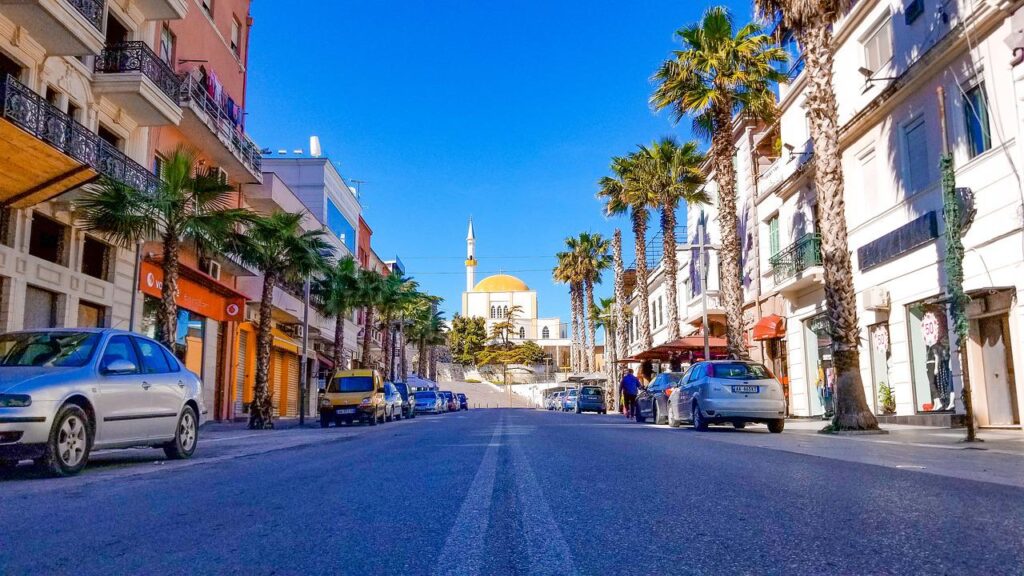
The most popular, the most massive, with wide beaches, a central promenade and hotels for all tastes. In addition, the resort attracts the rich scent of pine needles: all over Durres are pine forests, saving from the heat.
Climate and average year-round weather in Durres
Summers in Durres are warm, humid, dry, and low cloudy, while winters are cool, humid, windy, and cloudy in places. Throughout the year, temperatures usually range from 4 °C to 30 °C and are rarely below -1 °C or above 33 °C.
The best time of the year to visit Durres for a vacation on the beach in hot weather is from late June to late August.
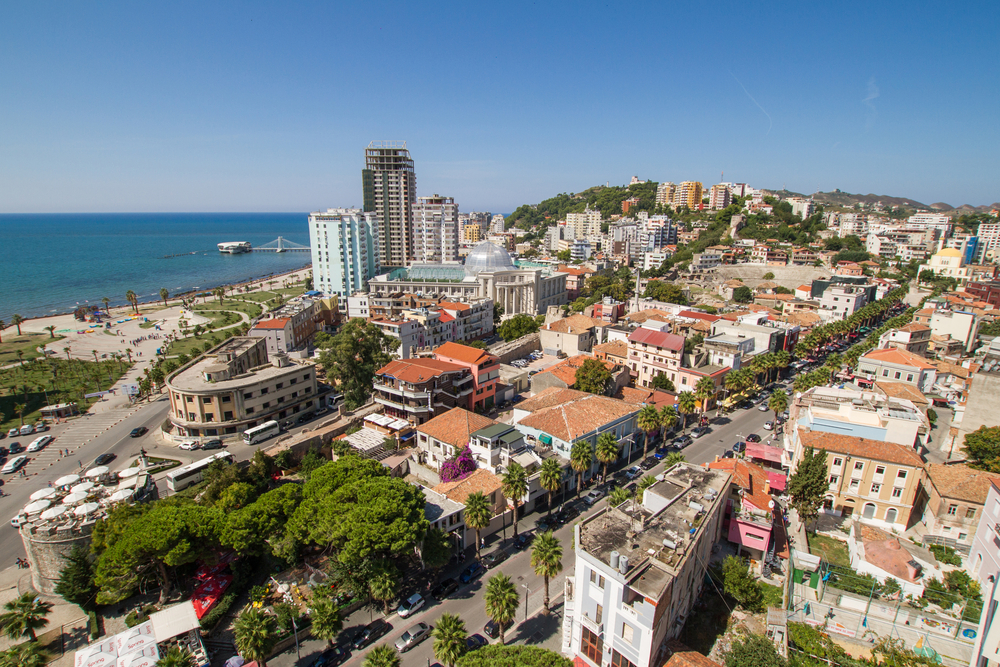
Average temperature
The hot season lasts for three months, from mid-June to mid-September, with maximum average daily temperatures above 26 °C. The hottest month of the year in Durres is July, with an average high temperature of 29 °C and a low of 19 °C.
The cool season lasts for four months, from late November to late March, with a minimum average daily temperature below 16 °C. The coldest month of the year in Durres is January.
Beaches of Durres
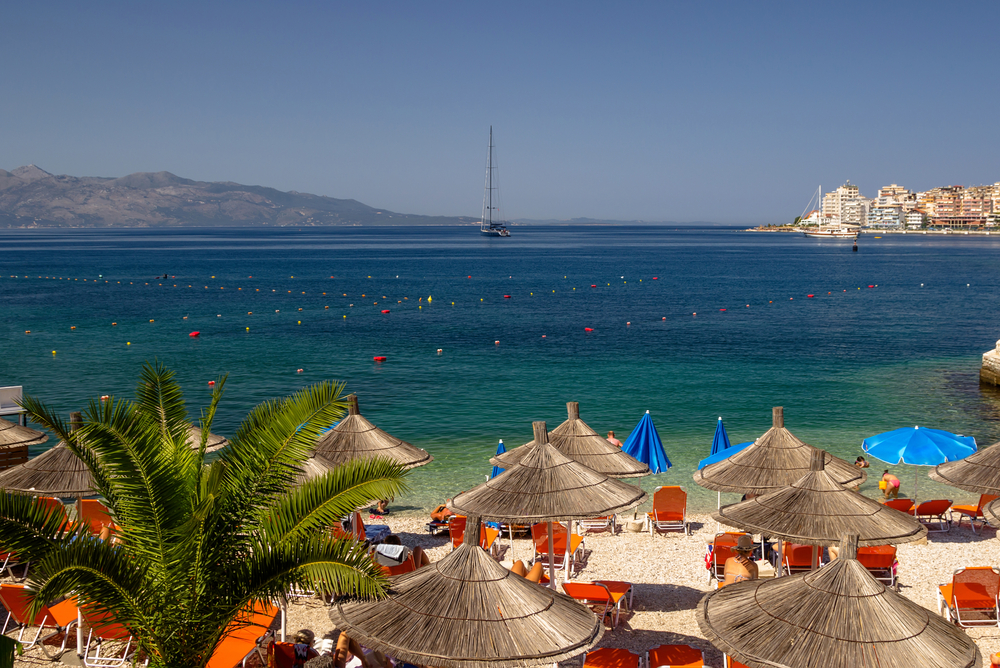
City beaches are flat sandy, with a shallow and long entrance to the sea. You have to walk about 100 meters, or even more, to take a dip. But the sea is well heated, the water is markedly warmer than in neighboring Montenegro. Lovers of thrills will not appreciate it, but if you have a holiday with small children, then this resort is for you. And it’s not just because the sea is comfortable for children: Durres has a developed infrastructure for young tourists. There are enough attractions, playgrounds, and water slides. Some hotels in Durres offer, in addition, children’s animation.
For a comfortable beach holiday, we recommend a wide beach 16 km long, it starts after Plepa. Also Schkembi, Mali and Robit, Cherret, wonderful places to relax. There are conifers, good for allergy sufferers. The air is clean and there is no road between the houses and the beach.
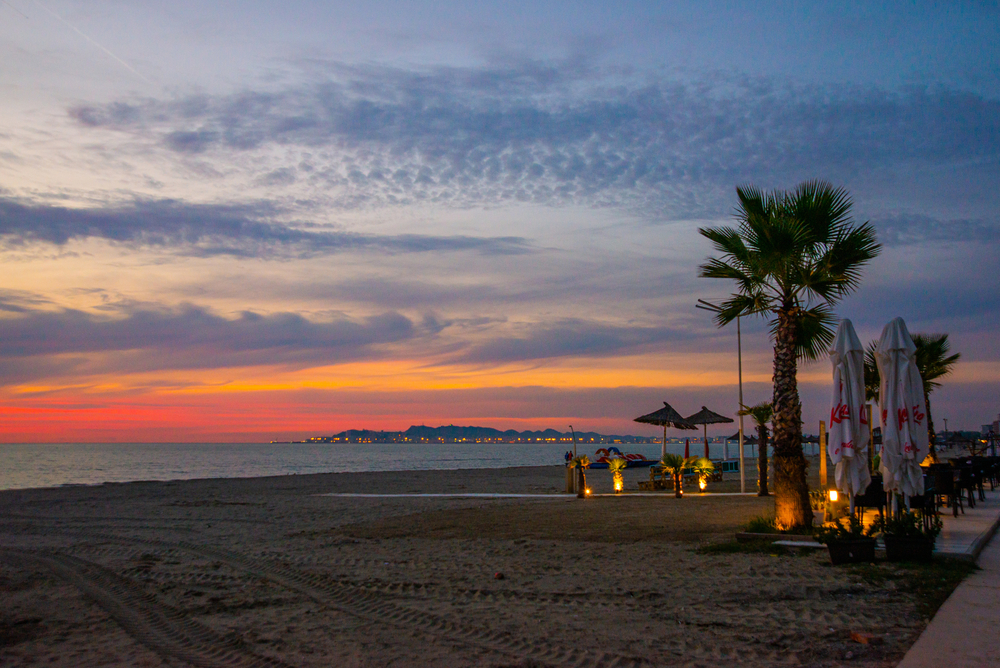
The beach itself gives such an expanse, that there is where to go for a walk and where to eat, and all year round. Through each km medical posts. There is no problem with transport, every 30 minutes there is a bus to the center, and if you want to go to Berat, it is easy to do. It is necessary to go to a bus stop on a highway and to sit in a bus, tey take passengers with pleasure.
The coastal area is well cared for, garbage is collected every morning. There is also a modern sewage system, that is emissions into the sea, as, for example, in neighboring Montenegro is, we do not.
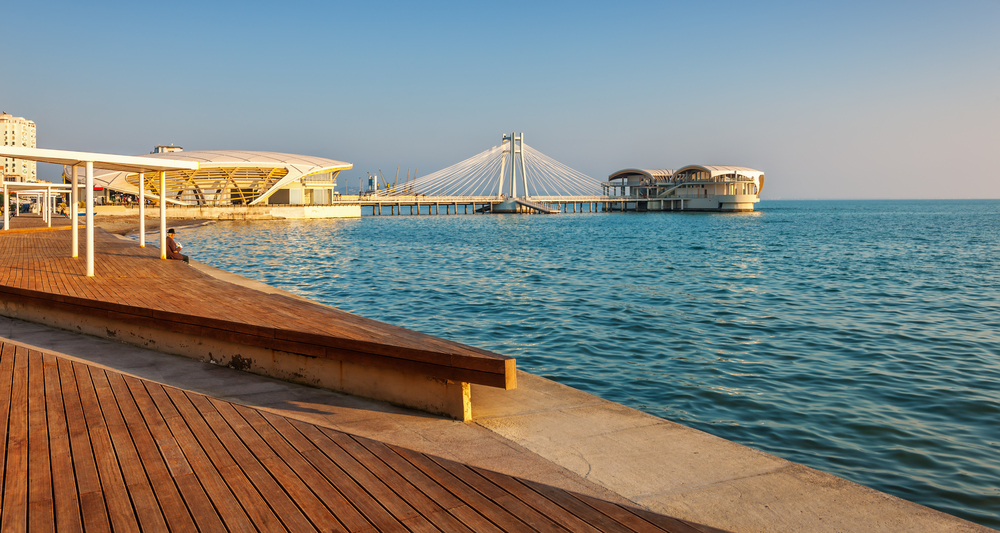
The water temperature by the beginning of July usually comes to 29 degrees, thanks to the shallow bay. Moreover, swimming is not shallow, three steps and up to the neck for example in Shkembi, then a little walk and shallow.
Durres sights
Durres is worth breaking away from its beaches and delving deeper into the center of the city. The second largest and most important city in Albania (after Tirana), Durres emerged about 2,600 years ago. Over the years it has been conquered by so many, and thanks to this (and sometimes in spite of it) today it is the richest city in the country. The multilayered cultural heritage of Durres comes together in one bizarre, kaleidoscopic picture.
It is worth visiting the half-preserved amphitheater (dated II century BC) with early Christian mosaics on its wall. Have a coffee at the bar in the Venetian Tower and touch the remains of the defensive walls. See fragments of Roman thermae, next to which modern apartment buildings quietly coexist. Visit one of the oldest mosques in Albania, Fatih Mosque. To experience the revered spirit of St. Paul’s and Astiia churches.
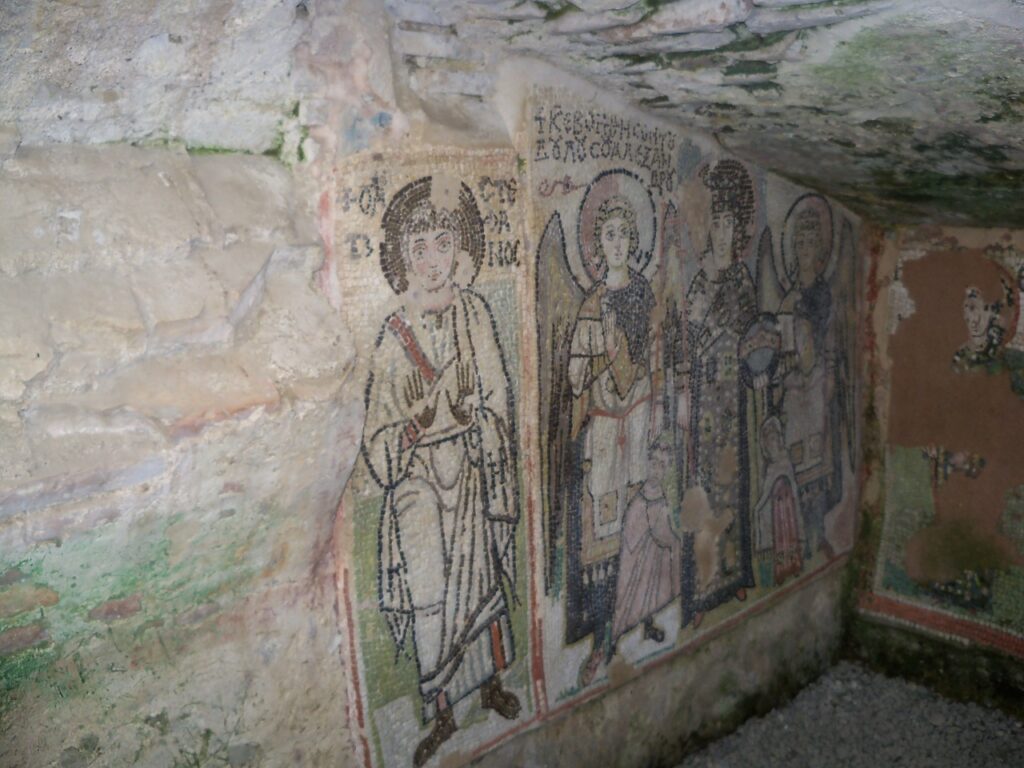
Durres in the early twentieth century, it even managed to be the capital of Albania. There are many monuments of different eras preserved here. Amphitheater for gladiatorial fights of Roman times, the ruins of the fortress with defensive towers – Byzantine and Venetian, the royal villa of Ahmet Zogu – times of formation of independent Albania in the XX century.
1. Amphitheater in Durres
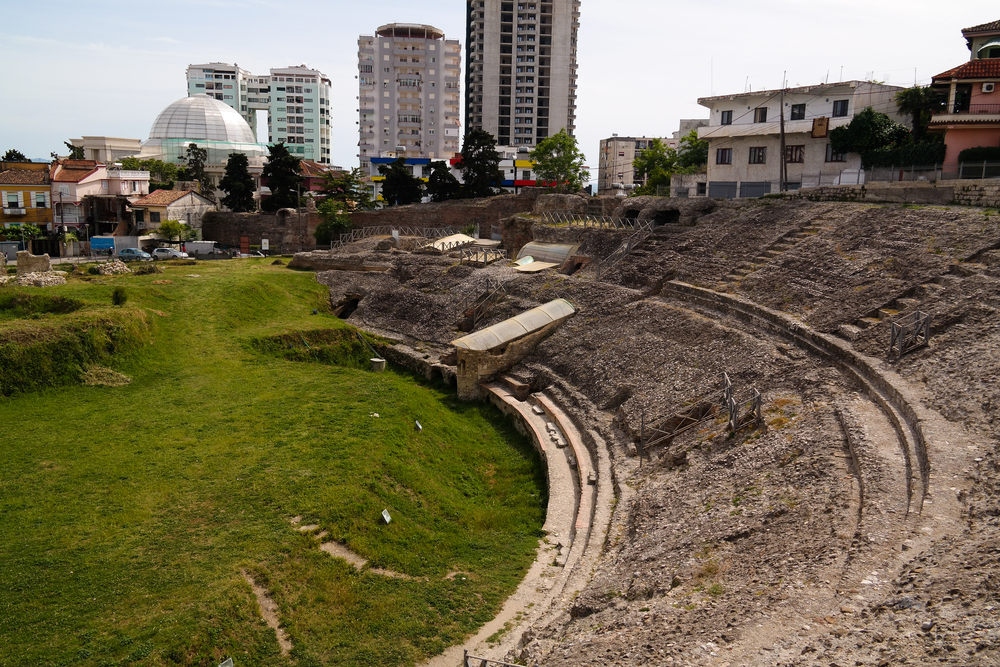
The Durrese Amphitheater in Durrese is certainly one of the greatest monuments of ancient architecture in Albania, if not in the Balkans. It was built in 100 AD by Hadrian and was only discovered in the 1960s. It was in use for about 300 years and could then hold 20,000 spectators. This huge scale is part of what makes this site special, but archaeologists are also intrigued by how the building demonstrates the Romans’ transition to Christianity. There is a chapel at this site with stunning wall mosaics of saints showing how the amphitheater found religious purpose in later life.
2. Ruins of the fortress with defensive towers
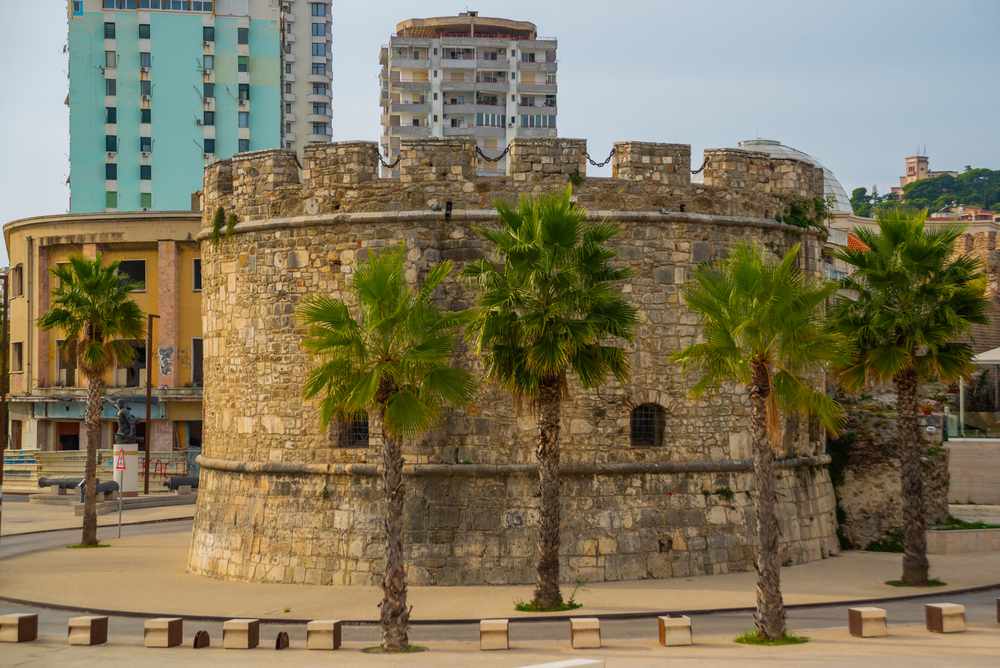
This monument consists of one tower and a wall and is referred to in many guidebooks as the Tower of Venice. It comes from the 400s, during the reign of the Byzantine Emperor Anastasios I, who was born in this city. Since its founding, Durres Castle has survived serious operations, fortified by the Venetians shortly before the Turks took over the city. In 1939, the Castle was a base for a twisted group of Albanian patriots trying to delay the development of the Italian army. About 360 locals succeeded until Italian armored units landed in the port and took the city.
3. Royal Villa Durres
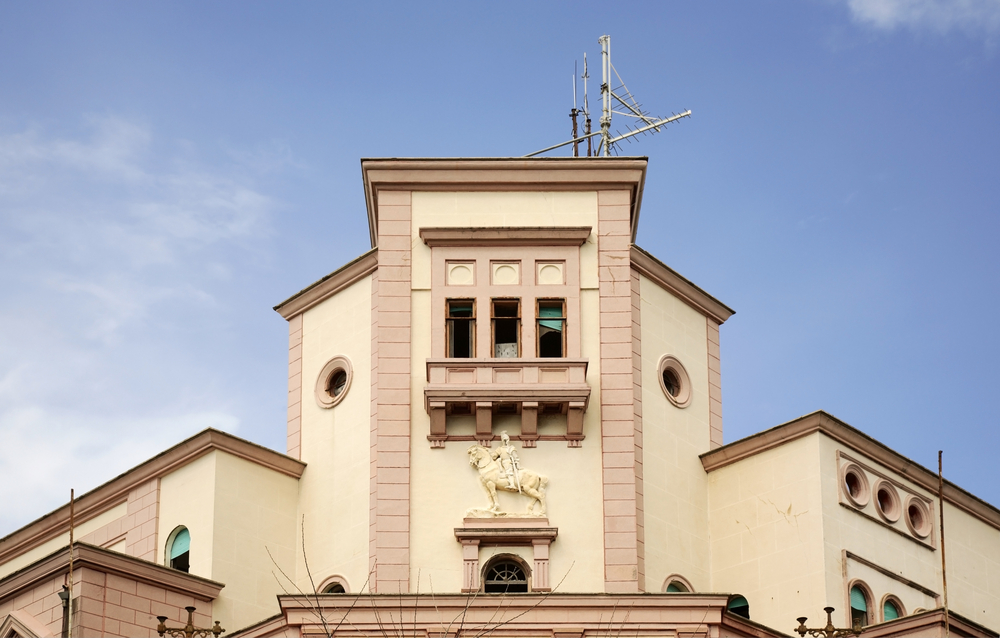
The Albanian monarchy, which lasted from 1928 to 1939, was decommissioned for more than seven decades, but this hilltop structure in Durres is an interesting reminder of that era. The Royal Villa is now abandoned, but has a fascinating history. It was built in 1937 for King Zog I, who lived here for only a year. After the dissolution of the monarchy, the villa became a huge communist reception building where Nikita Khrushchev and Jimmy Carter were received on official visits. When temporary civil unrest broke out in Albania in 1997, the villa was looted and has remained unchanged ever since.
4. Archaeological Museum
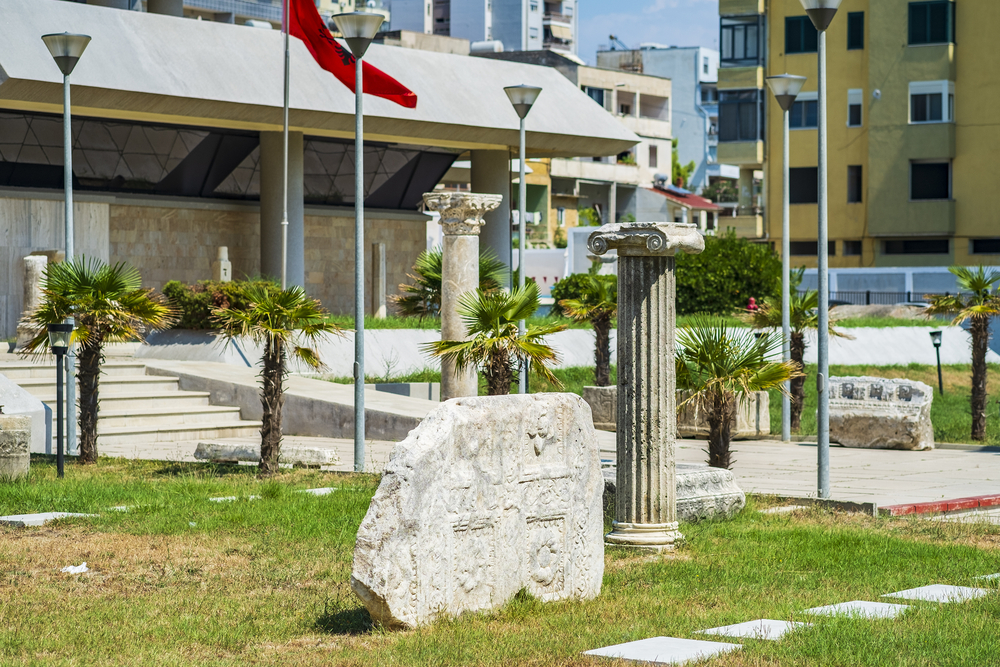
The largest archaeological museum in Albania, here you can see which civilizations that inhabited the region were left behind. It is only a few steps from the seafront and was founded in 1951, with collections covering all periods from ancient Illyrian culture to the Roman era, Byzantine times and Ottoman rule. The Roman objects are particularly intriguing and include miniature busts of Venus and stone sarcophagi. The museum as an institution has a history of its own, as it was looted during the 1997 riots and has only recently been restored.
5. Byzantine Forum
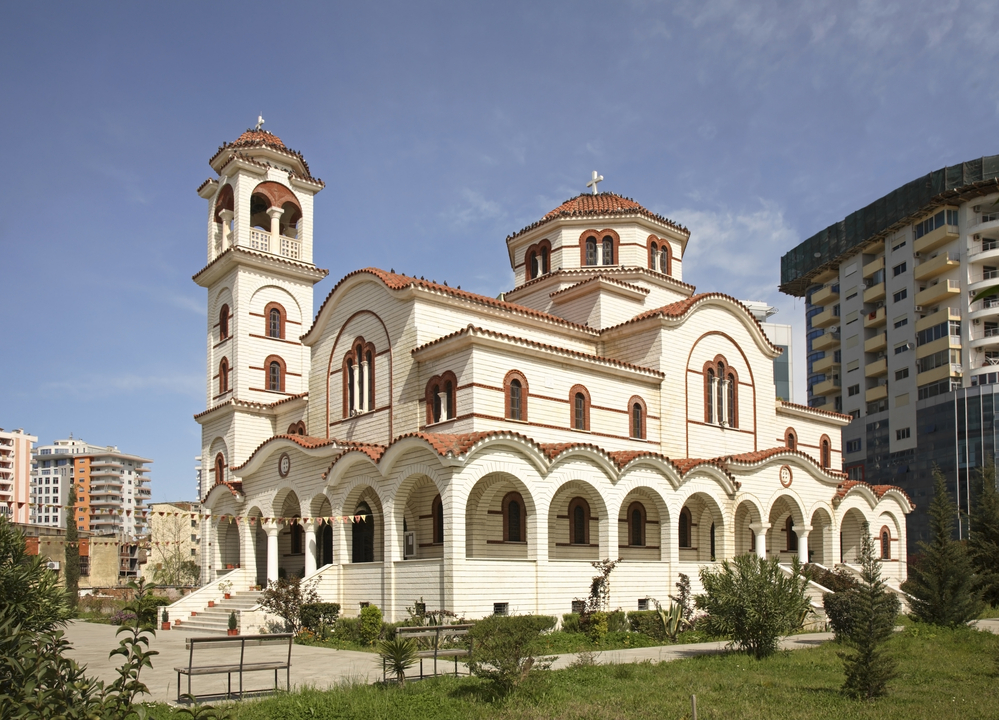
In the center of Durres is a modest but evocative collection of colonnades that formed the Macellum Forum after the Roman era. It dates from the 600s and 800s and is paved with excavated marble stones. You can get up close to the Corinthian columns in the forum to see the beautiful details of the stonework. At some point a statue of every Byzantine emperor in power at the time must have stood in the center of the square. Next to the forum are the Roman thermal baths of Durres, which were discovered along with the amphitheater in the 1960s. What remains is a hypocaust and a swimming pool measuring five by seven.
6. Mosques of Durres
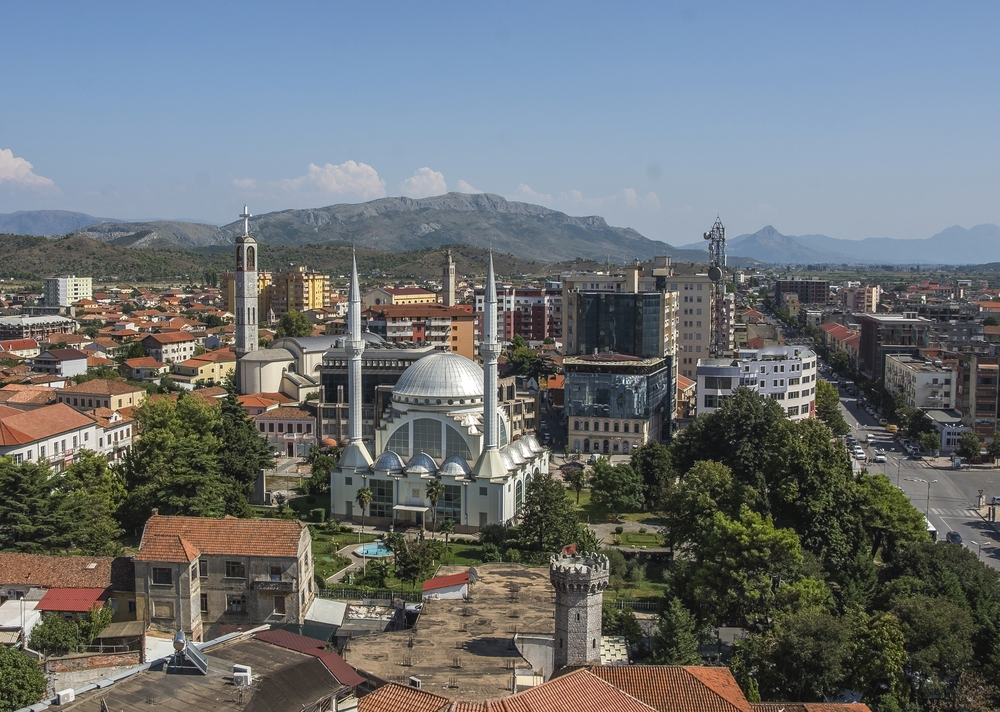
There are two impressive mosques in Durres, as Albania’s relationship with religion was broken during the communist era, and each place of worship has its own history. The Great Mosque is the younger of the two buildings, built in 1931 by King Zog I on the site of an earlier Ottoman building. After 1967, its minaret was destroyed and the building was used as a center for local youth organizations. The Fatih Mosque, built in 1503 in the early decades of Turkish rule, is smaller and much older. It was also closed during the Communist era, but was declared a cultural monument in Albania in the 1970s.
“Little Rome.” So often this Balkan resort is called. And not without reason. Very intricately intertwined in Durres ancient monuments, medieval Italian buildings and ultra-modern buildings.
If the Albanian flavor of the holiday is not enough, go to Italy. There are ferry connections between Durres and a number of Italian resorts. The most popular are Bari and Trieste.